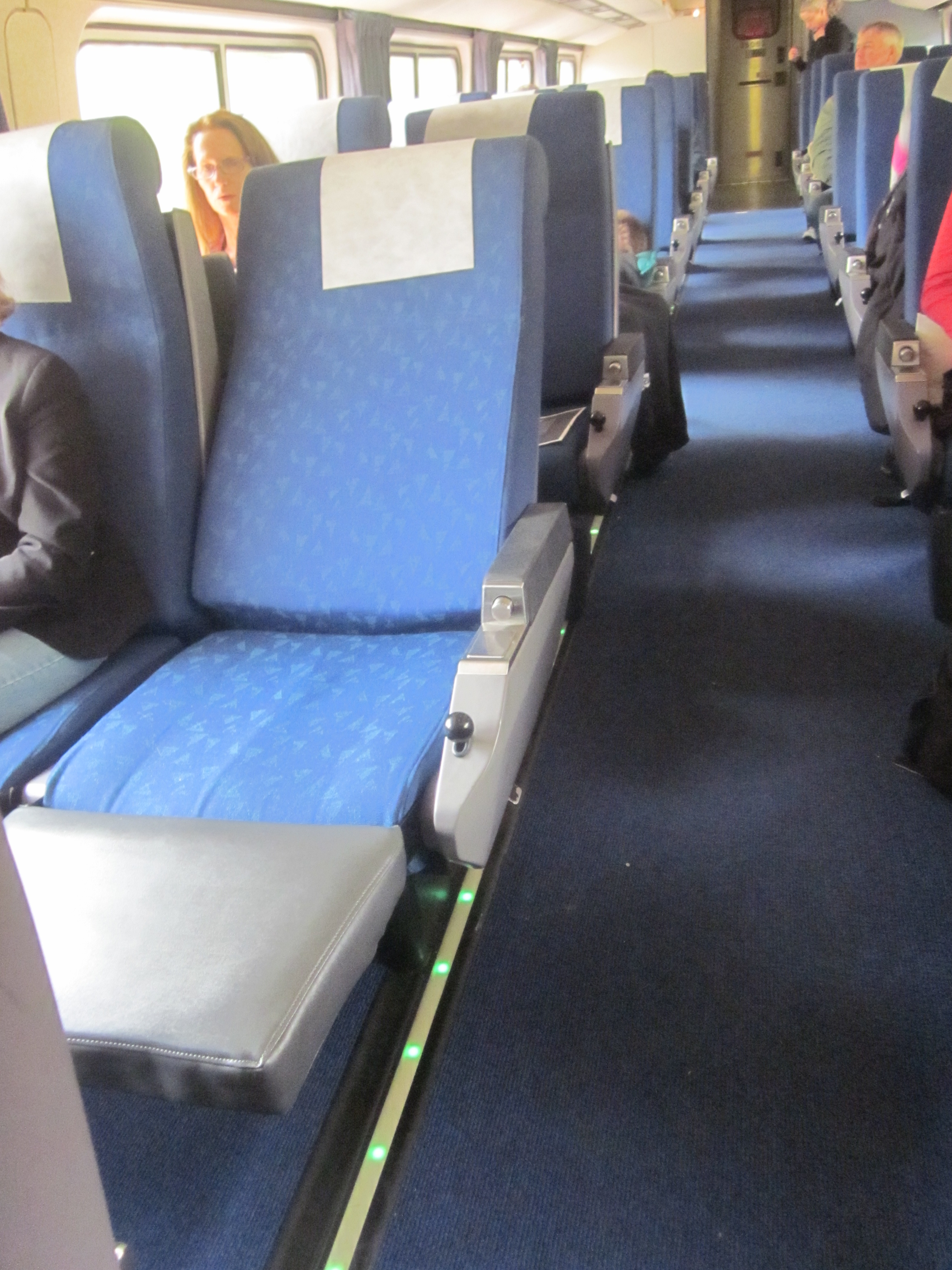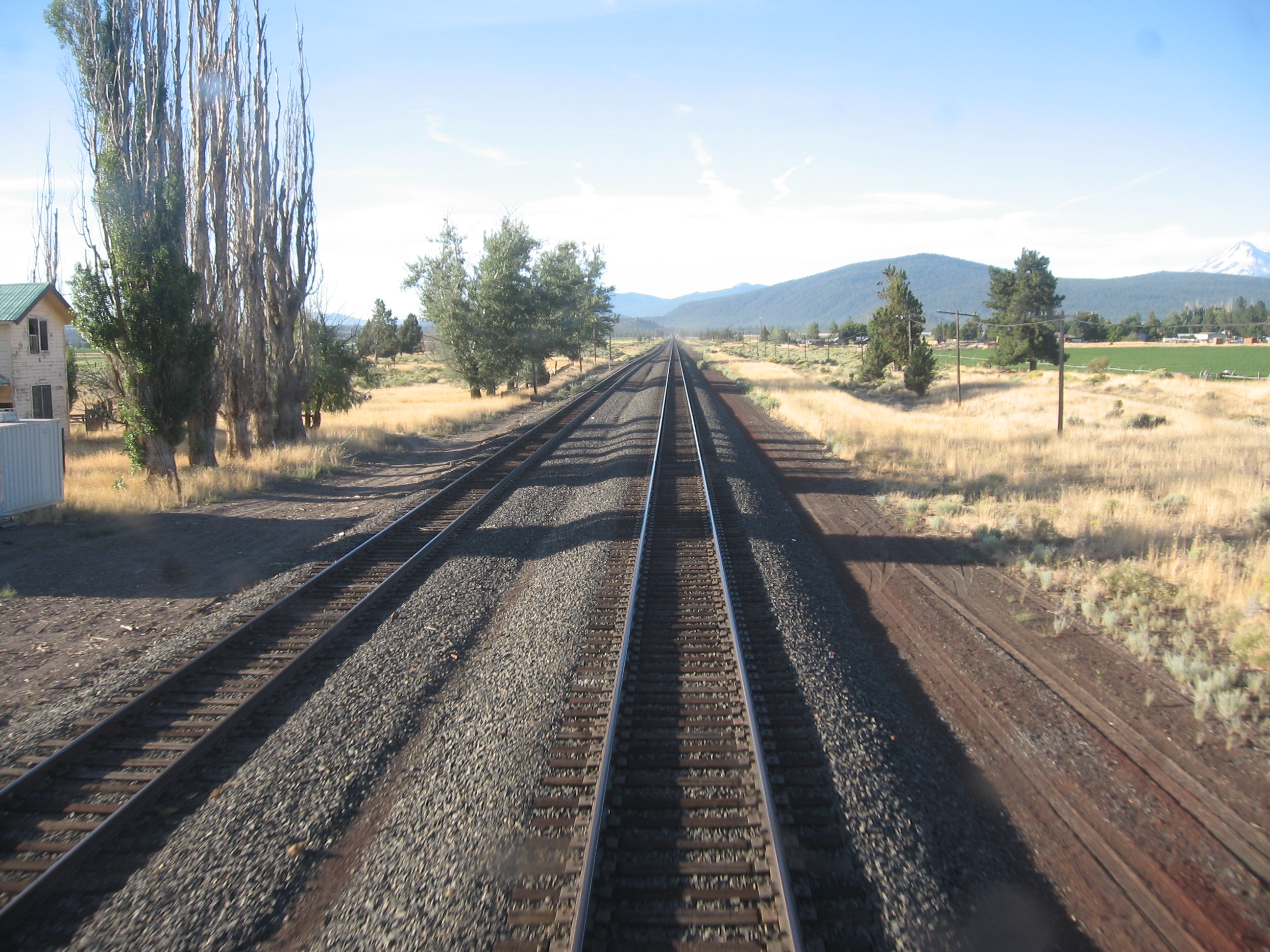
People who are interested in our train trips often ask "How long does it take?"
Naturally that depends upon where you're going, and when the train leaves the station. What they are really saying is usually something like "A train! How positively 19th century! It must take *ages*!"
We're all aware that the rest of the developed world has left the USA far behind in terms of train technology, especially Europe, Japan, and China.
It is important to remember that most of the USA is sparsely populated compared to those areas. If you want to go from Chicago to Los Angeles in a hurry, you fly. Even today's highest-speed trains are not as fast as a commercial jetliner.
If you take into account the time it takes to get to an airport and onto an airplane, and then off the airplane at the destination airport and into whatever urban center you need, there's a minimum of a few hours involved in any sort of travel by air. Train travel has far less overhead in terms of the time needed to get underway - you go to a train station downtown, step on the train, and go. This means that trains are a preferred alternative for travel between urban centers less than a hundred miles apart, and a convenient alternative for those just a few hundred miles apart.
But if you are traveling 2000 miles, you don't take the train unless you are in no hurry at all, which is to say, on vacation. For one thing, delays are common, and a delay can create a lot of stress if you have reservations that cannot be changed!

The long-distance Amtrak trains travel about 1000 miles per day, making numerous stops along the way. The stops are almost unnoticeable; at night you sleep right through them.
- From Boston to Chicago is about 20 hours, departing Boston at lunchtime and arriving in Chicago after breakfast.
- From Chicago to Los Angeles, San Francisco, Portland, or Seattle is two days.
- Boston to NYC is about 4.5 hours, or 3.5 by Acela.
- NYC to New Orleans is a day and quarter (2pm to 7pm).
- Los Angeles to San Francisco is a 12-hour day (10am to 10pm).
